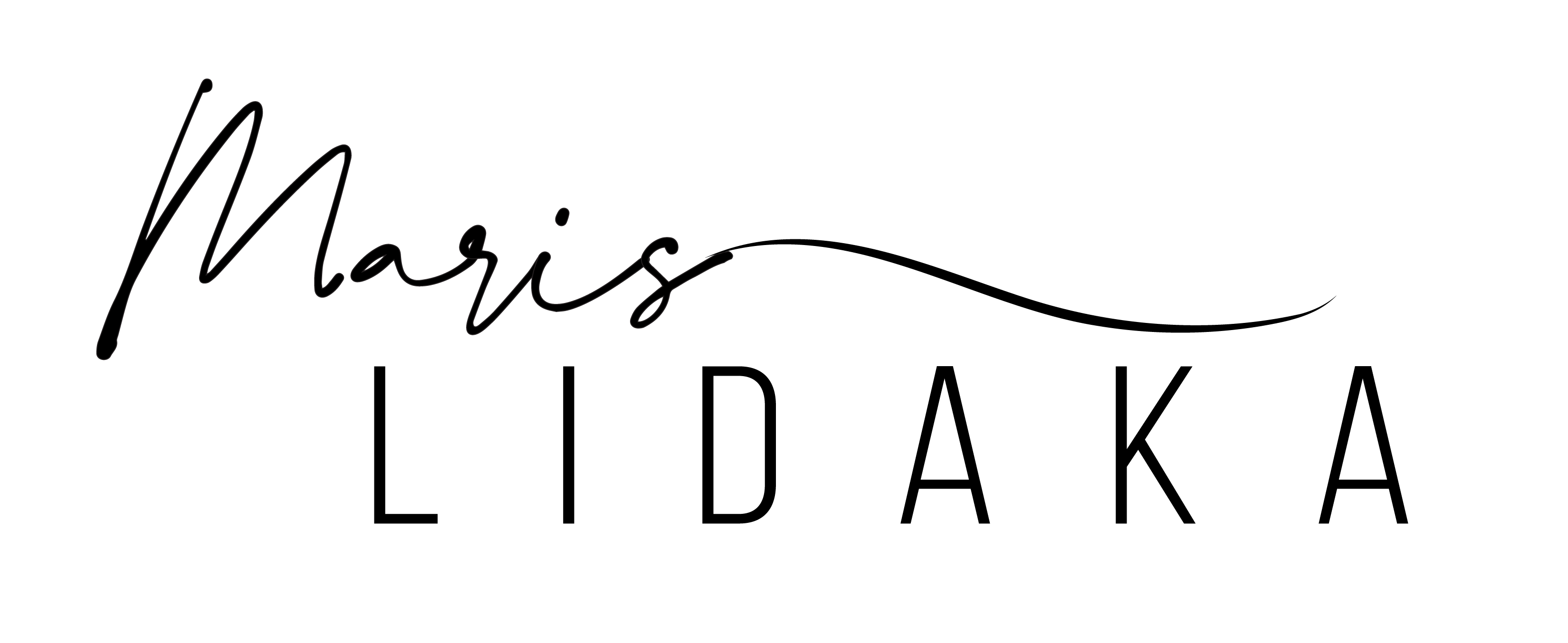The New Film School (Part 3) – The Power of Story
This article originally appeared in my newsletter. To get advice like this in your inbox. Sign up here:
This week is a return to form with the 3rd part of The New Film School – the Power of Story. Most schools and creative teaching start with story first. Which is a key element of what we do. But the reason why this is the 3rd part is simple:
We have to tell stories for the right reasons.
Filmmakers are taught to create stories to create attention in order to make films for the big studios. Which means you are being conditioned the make the stories a large media corporation wants to hear. Having the right mindset and knowing your Creative Source gives you the internal framework to make films for the right reasons:
To create impact on the human experience.
But in order to do that, we need to know the framework of a compelling story.
A GREAT BEGINNING
While this sounds negative on film schools. I had a great experience learning the craft of filmmaking at my alma mater Columbia Chicago. While we didn’t learn anything about the business itself. We were expertly brought along the steps needed in order to create great films.
My first semester was spent learning the history of film and also about story. Before we picked up a camera or started writing screenplays. The school felt it was important to know what makes up a good story structure. I had a story class with Karla Fuller who introduced me to the story framework of:
THE HERO’S JOURNEY
Many of us have heard about the Hero’s Journey.
The basic overall structure is this:
A young Hero accepts the Call to go on a Great Adventure with the help of a Mentor. Leaving their previous, Ordinary World behind. While traveling into this New World, the Hero encounters Trials, finding the Artifact they need in order to defeat their Enemy and realize their Potential. Afterwards, they return home a changed person.
It’s a often referenced story structure most typically seen in big budget sci-fi and Marvel films. One of the most well illustrated examples of The Hero’s Journey is Star Wars. But what most people forget is that the original inception of this framework was for the internal journey of we all go on.
Which means there are elements of this in stories of all kinds.
There is an exercise that I recommend all my clients do. Take a look at the framework of the Hero’s Journey. Think of the point you are at in life right now. And apply the Hero’s Journey to it:
When did you leave the world you knew behind?
What mentor helped you achieve a goal?
What great ordeal have you overcome?
Now, let’s make this smaller. Think of some impactful events in your life. Apply those to the same framework. Make it even smaller – take a common event. Let’s say going to the store:
What was the world like before you knew you had to go?
Once you got there, what tests did you have to overcome to get the items you wanted?
How did the trip change you once you returned? Both internally and externally.
An important element of this exercise is to actively look for how we can apply everything to story. Which helps us to see the story in everything. This can be applied to various formats – commercials, books, podcasts, simple conversations. To use a personal example, the ability to see the story in everything is what enabled me to find success as an editor.
A GREAT POWER
Human civilization rests on the power of story. It’s how religious organizations are formed, politicians are created, and nations are made. America is widely recognized as the Land of Opportunity. Because we created an entire industry that allowed people to see this story being told on a global scale.
In fact, the first two parts of this series were frameworks to recognize your own story. And how it connects with that of your audience. Now, you can take the Hero’s Journey and use it to create work that is magnetic.
You have the necessary foundation to make an impact.
The Hero’s Journey is also something that is meant to be a guiding framework. It’s a starting point that can be expanded upon and modified. Trying to capture something as weird and unpredictable as the human experience cannot be simplified into a simple set of instructions. Which is why AI driven LLM’s struggles to create engaging scripts.
Which is another article for another time.
Learn the power of story. Study it. Hone your skills in it. Use it not only for the work that you create. But in how you communicate your message online and with people.
The next part of this series is going to be some Tech Talk. I’ll be going through some of the technical knowledge all filmmakers and video storytellers can benefit from.
- Want more filmmaking and creator advice? Sign up for my newsletter.
- Get my free workbook The Mixed Creator
- Need coaching or consulting? Book a meeting with me.


